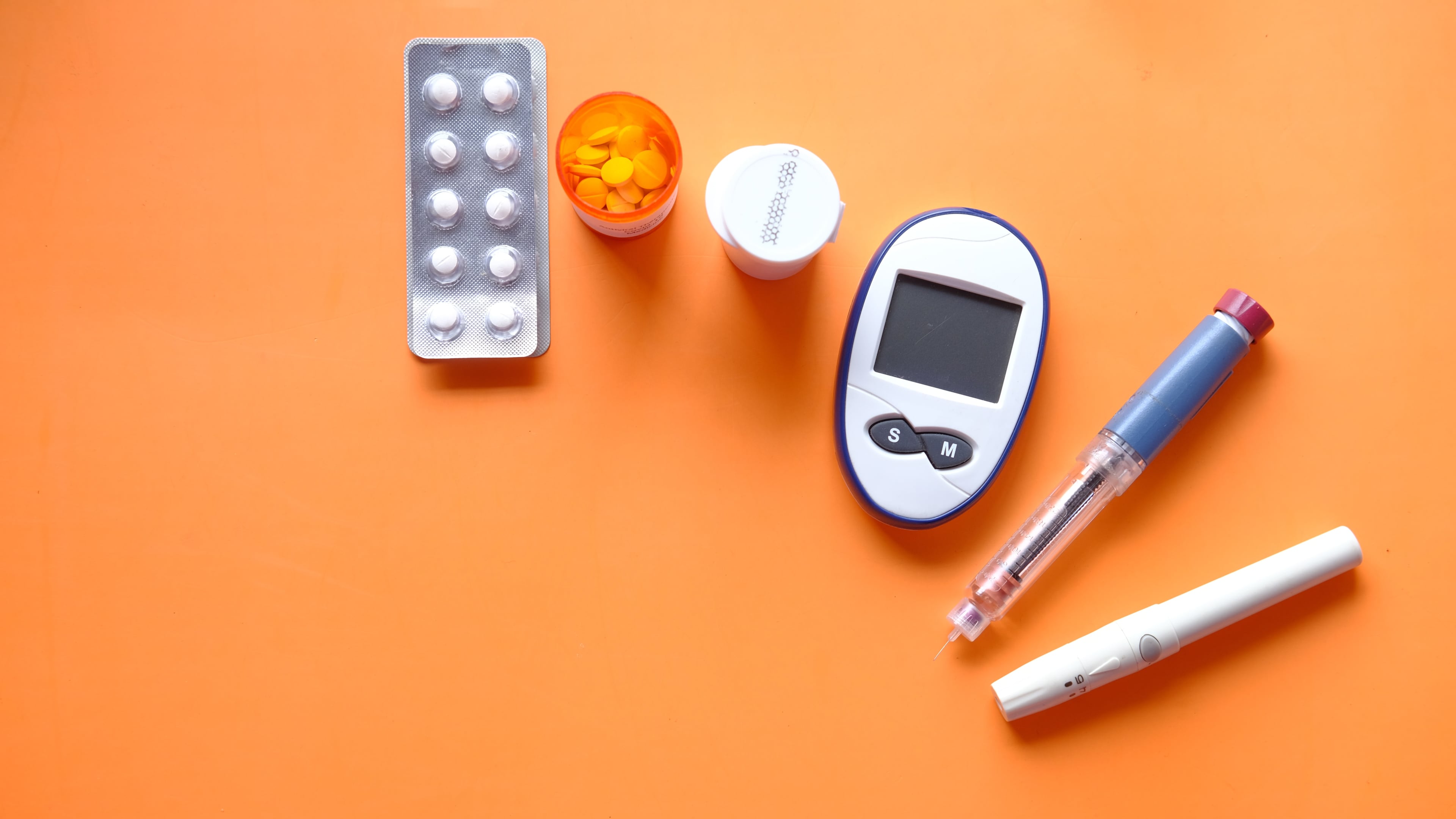An iPhone-sized prototype of a noninvasive glucose tracker will first need to be shrunk down to Apple Watch size, which could still take years.

- What’s happening? Apple has recently hit “major milestones” in developing noninvasive glucose monitoring, claims Bloomberg’s Mark Gurman
- Why care? A future Apple Watch with a noninvasive glucose meter could quickly become the Holy Grail in diabetes.
- What to do? Don’t get your hopes up. It’ll take years to miniaturize and bring the current iPhone-sized prototype to market.
Apple’s noninvasive glucose tracker makes progress
Gurman’s new article on Bloomberg claims Apple has “a secret moonshots team” tasked with developing a no-prick glucose monitoring for the Apple Watch.
Such an invention promises to measure glucose levels without pricking the skin for blood. The team’s work, disguised behind a secretive health startup called Avolonte Health LLC, has resulted in “significant progress” and “major milestones.”
The company has tested the glucose technology on hundreds of people over the past decade. In human trials, it has used the system with people who don’t know if they’re diabetic, as well as people with prediabetes and Type 2 diabetes. It has compared its own technology to standard tests on blood drawn from veins and samples taken from a prick in the skin, known as capillary blood.
Anonymous Apple sources told Gurman that the project, codenamed “N5,” has reached a proof-of-concept stage. Apple is currently working on an iPhone-sized prototype that could be strapped to a person’s bicep, Gurman has it. It’d need to be significantly miniaturized were Apple to make it a feature of a future Apple Watch.
Gurman claims Apple’s glucose tracker will rely on several custom silicon photonics chips and sensors, with TSMC tasked with building the sensor’s main chip.
Apple is taking a different approach, using a chip technology known as silicon photonics and a measurement process called optical absorption spectroscopy. The system uses lasers to emit specific wavelengths of light into an area below the skin where there is interstitial fluid—substances that leak out of capillaries—that can be absorbed by glucose. The light is then reflected back to the sensor in a way that indicates the concentration of glucose. An algorithm then determines a person’s blood glucose level.
For context, the current solutions on the market require patients to stick a needle in themselves several times each day to monitor their blood sugar levels. Apple is also investigating a preventative measure to warn people if they’re prediabetic. Read: How to connect your health records in the Health app
It’ll take years to bring this to market
However, despite the recent advances, Apple’s invention is almost certainly years away from commercialization. Consider that the project dates back to the Steve Jobs era—in 2010, Apple acquired a blood glucose monitoring startup, RareLight. In other words, the Cupertino company’s been working on the project for over 12 years.
Hundreds of engineers are working on the project as part of Apple’s Exploratory Design Group, or XDG, a previously unreported effort akin to Google X. It’s one of the most covert initiatives at the famously secretive Apple. Even fewer people are involved in it than the company’s self-driving car undertaking, overseen by the Special Projects Group, or the mixed-reality headset, which is being developed by its Technology Development Group.
At any rate, the iPhone maker will need FDA approval if it successfully creates a no-prick blood sugar tracker as a standalone device or an Apple Watch feature.
According to Gurman, the company has already “held early discussions about getting government approval for the system.” Apple might even incorporate such a sensor in future smart bands for the Apple Watch.
The Holly Grail in diabetes
Continually monitoring glucose levels non-invasively would let diabetics better understand which foods are causing their blood sugar to spike. Armed with that knowledge, they could modify their diet to keep their blood sugar constant.
Apple’s boss Tim Cook told students at the University of Glasgow in 2017 that he had been test-driving glucose trackers. The CEO was subsequently spotted wearing a prototype that connects wirelessly to an Apple Watch. “I’ve been wearing a continuous glucose monitor for a few weeks,” he told CNBC.
“There is lots of hope out there that if someone has constant knowledge of what they’re eating, they can instantly know what causes the response and that they can adjust well before they become diabetic,” he said.
Today’s Bloomberg report also claims that Cook, operations chief Jeff Williams and the Apple Watch hardware boss Eugene Kim are all heavily involved, with the company having already poured “hundreds of millions of dollars” into this project.